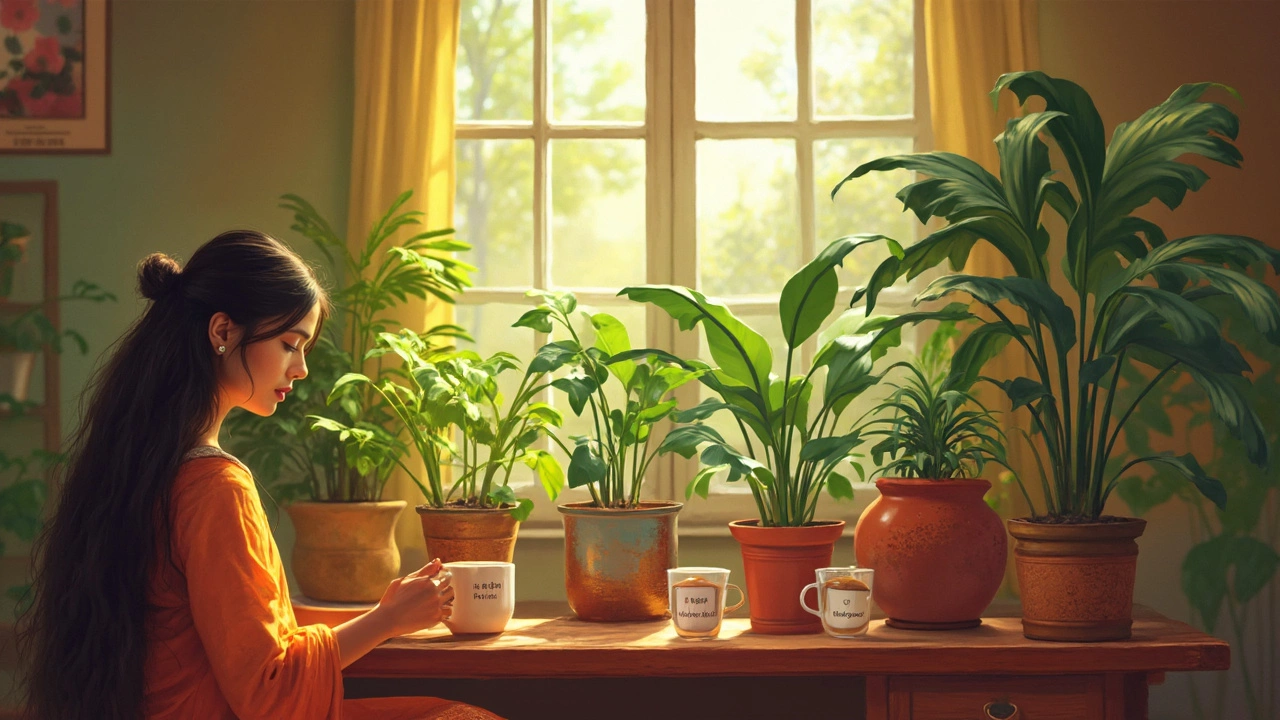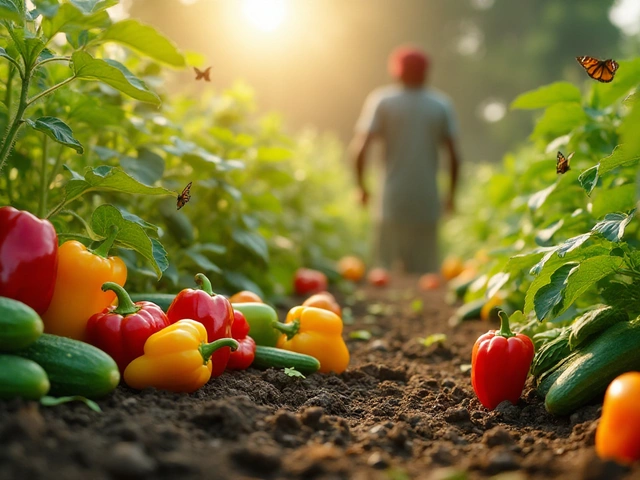Plant Health Made Simple: Practical Tips for a Strong Garden
Ever wonder why some plants look healthy while others struggle? The answer usually lies in a few everyday habits you can change right now. Below are the most useful, no‑nonsense actions that boost plant health whether you’re tending a balcony herb garden or a full‑size backyard plot.
Watering and Soil Basics
First up, water. Too much or too little is the biggest killer. If you use drip irrigation, bury the tubing at a depth of 4‑6 inches for most vegetables; this protects the lines from sun damage and keeps water close to root zones. For indoor plants, let tap water sit for an hour before you pour—this lets chlorine evaporate and prevents leaf burn.
Soil health matters just as much. Heavy, compacted earth suffocates roots. Mix in a handful of compost or sand to lighten the texture and improve drainage. When you’re planting a new bed, add a layer of well‑rotted manure; it feeds microbes that break down nutrients, making them available to the plant. Remember, a loose, airy medium means roots can breathe and spread.
Pest Management and Nutrient Care
Not all “natural” amendments help every plant. Coffee grounds, for instance, are great for acid‑loving crops like blueberries but can harm seedlings that prefer neutral pH. Test a small patch first, or stick to proven organic pest solutions like neem oil or garlic spray. Companion planting—pairing “sister plants” like basil with tomatoes—repels pests and boosts flavor without chemicals.
Indoor foliage needs the right humidity level. Mist your ferns once a day in a dry room, but avoid over‑misting succulents; they prefer a dry leaf surface. If you’re unsure whether a houseplant needs water, feel the soil about an inch deep. Dry soil signals a drink, while damp soil means you can wait.
Finally, keep an eye on leaf color and texture. Yellowing often points to nitrogen deficiency, while brown tips suggest low humidity or excess fertilizer. A quick soil test can confirm nutrient gaps, letting you add the exact amendment—be it iron chelate for greening or potassium for stronger stems.
With these straightforward steps—right irrigation depth, proper water handling, soil amendment, mindful use of coffee grounds, and targeted pest control—your plants will bounce back faster than you expect. Stick to the basics, observe changes, and adjust as needed. A healthy garden isn’t a mystery; it’s a habit you build every day.

Best Liquid to Water Plants: What Actually Works?
Trying to figure out if plain tap water is enough for your indoor plants? This article breaks down the reality behind popular liquids like rainwater, filtered water, and even funky options like leftover tea. You’ll get clear advice on what helps plants thrive and what could hurt them. Expect straightforward pros, cons, and honest tips, whether you’re a newbie or someone who treats their monstera like royalty. Skip the myths and get right to the liquid truth.

What Not to Do with Bonsai: Care Tips to Avoid Pitfalls
Caring for bonsai can be an art, but it's easy to make mistakes that hinder their growth. This article highlights common pitfalls to avoid when nurturing these miniature wonders. From over-watering to improper pruning, learn what actions might harm your bonsai and how to foster a thriving environment instead. Discover straightforward tips for nurturing your bonsai and ensuring their long-term health.
About
Indoor Plant Care, Bonsai Care
Latest Posts


Which Country Is 100% Vegetarian? Real Answers for Plant Lovers
By Alden Thorne May 22, 2025

Mastering Organic Composting with Effective Activators
By Alden Thorne Jan 26, 2025

Revive Your Indoor Garden: Expert Tips for Restoring Plants
By Alden Thorne Jan 15, 2025
